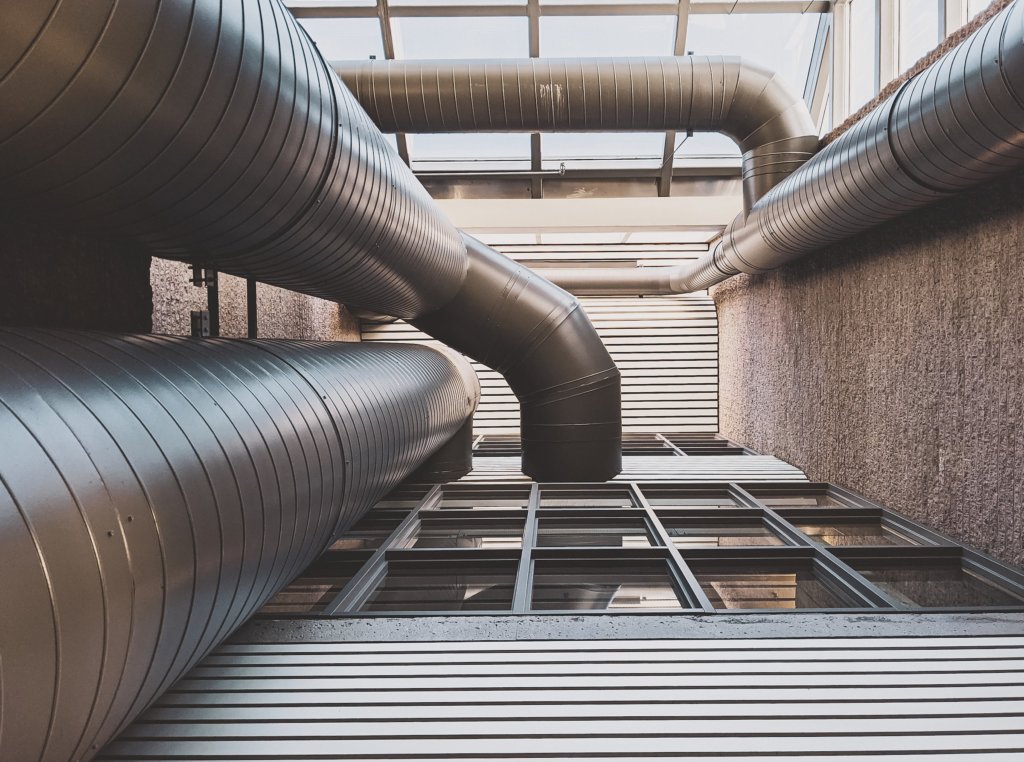Temperature sensors are a vital part of the HVAC industry which includes heating, ventilation, air conditioning, and refrigeration systems. Temperature sensors help maintain a comfortable indoor climate and increase the efficiency of the HVAC systems.
Taking the time to learn more about temperature sensors and how they work can significantly impact the overall success of your HVAC career or business. The following is a closer look at the use of temperature sensors and how they are used in the HVAC industry.
How Does the HVAC Industry Benefit from Temperature Sensors?
Traditional HVAC systems use pressure and temperature sensors, and switches to control basic operations of the system, such as turning it on or opening or closing valves or vents. Thermostats are the most common sensor used in HVAC systems. Most of these use semiconductor devices such as thermistors or RTDs (resistance temperature detectors), both which measure temperature based on resistance.
Since reliability is vital to providing precise and consistent data, an ever-increasing number of sensors are being installed in these systems to monitor the process and maintain accuracy. Temperature sensors and humidity sensors provide accurate and reliable measurements within HVAC environments.
These sensors include wall mount, outside air, immersion (heat exchange fluids), duct point, duct averaging, and surface mount thermal ribbon probe-type temperature sensors. Thermowells protect probes from pressure, flow, and corrosion. Some models have integral fittings for probe and connection head mounting. Some features and benefits of Temp-Pro’s temperature sensors include precise temperature measurement, flexible support, insertable options, and durable construction proven in harsh environments.
How Can Temperature Sensors Save Time and Money?
The majority of temperature sensors found in the HVAC industry measure the air temperature. The industrial applications of monitoring various machinery and environments are helpful for heating ventilation, and air conditioning devices. For example, airflow sensors can be programmed to alert a building supervisor before the airflow gets too constricted. This will protect blower motors from drawing too much current and getting hot, thereby extending the life of the engines and the system.
As HVAC systems become more efficient, there is an urgent need for more granular control of different subsystems. This has led to numerous technological advancements such as variable refrigerant flow, variable speed motors and blowers, electronic expansion valves, and multiple control methods for fine-tuning the system and reducing overall energy consumption.
What Unique Difficulties do Temperature Sensors Alleviate?
The HVAC environment is very harsh with temperature swings, moisture, and high levels of shock and vibration. The industry is pushing for highly accurate, repeatable sensors that are able to survive the harsh HVACR environment while still being cost effective and easy to use.
Pressure Sensors
Pressure sensors monitor pressure levels within specific zones and measure the pressure drop across filters and other devices, effectively alerting the system when maintenance and filter replacement is required. Accurate pressure measurement is vital for optimal HVAC system performance. Pressure sensors can measure extraordinarily high and low pressures in air and water applications offering precise measurement of pressure, differential pressure, and velocity for reliable monitoring.
Temperature Sensors
Temperature sensors measure air and water temperature and adjust the heating and air conditioning to raise or lower the air temperature based on the programmed setpoint preventing wasted energy. Using temperature sensors prevents the system from running harder than the building requires. Accurate and reliable temperature readings are essential for optimal building comfort and energy efficiency.
Platinum Temperature Sensors
Platinum temperature sensors (Pt-RTDs) have superior drift behavior, higher long-term stability, better repeatability, and higher temperature capability. Typical pt-RTDs used in HVAC have resistance values of 500 Ohm (Pt500) and 1000 Ohm (PT1000). The sensor element and specific sensor probe design influence the temperature measurement properties. For many HVAC applications, stainless-steel probe housings protect the Pt element. RTDs ensure safe operation at temperatures up to 800 °C and beyond, resulting in optimized combustion efficiency. RTDs also provide accurate and reliable temperature measurements for low-temperature HVAC applications, such as chillers and industrial cooling towers.
Temp-Pro can help improve your HVAC efficiency and reliability by supplying a variety of thermal controls to the HVAC industry, such as thermostats, thermistors, thermal cutoffs, thermal protectors and insulated heater wires. Benefits of our solutions include application-specific solutions, cost-effectiveness, energy efficiency and regulatory compliance. Contact us for more information!


